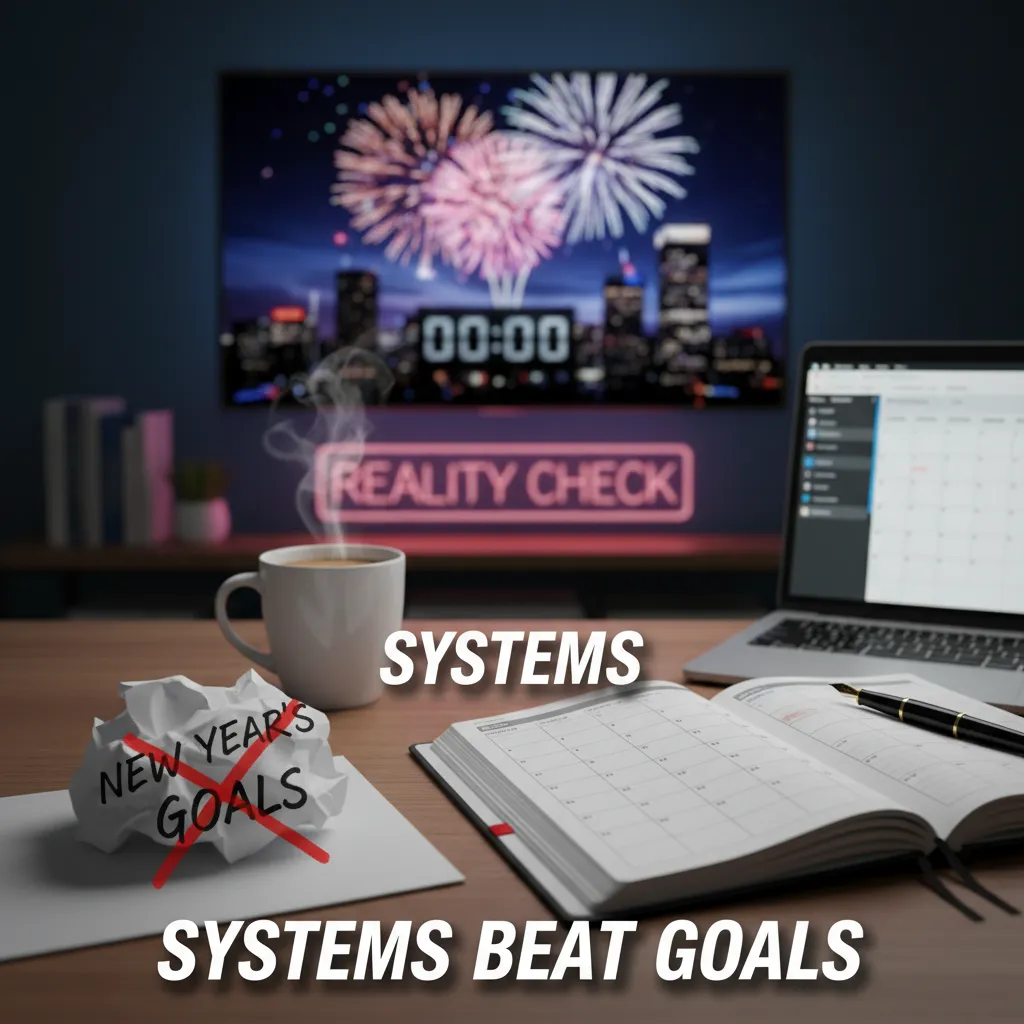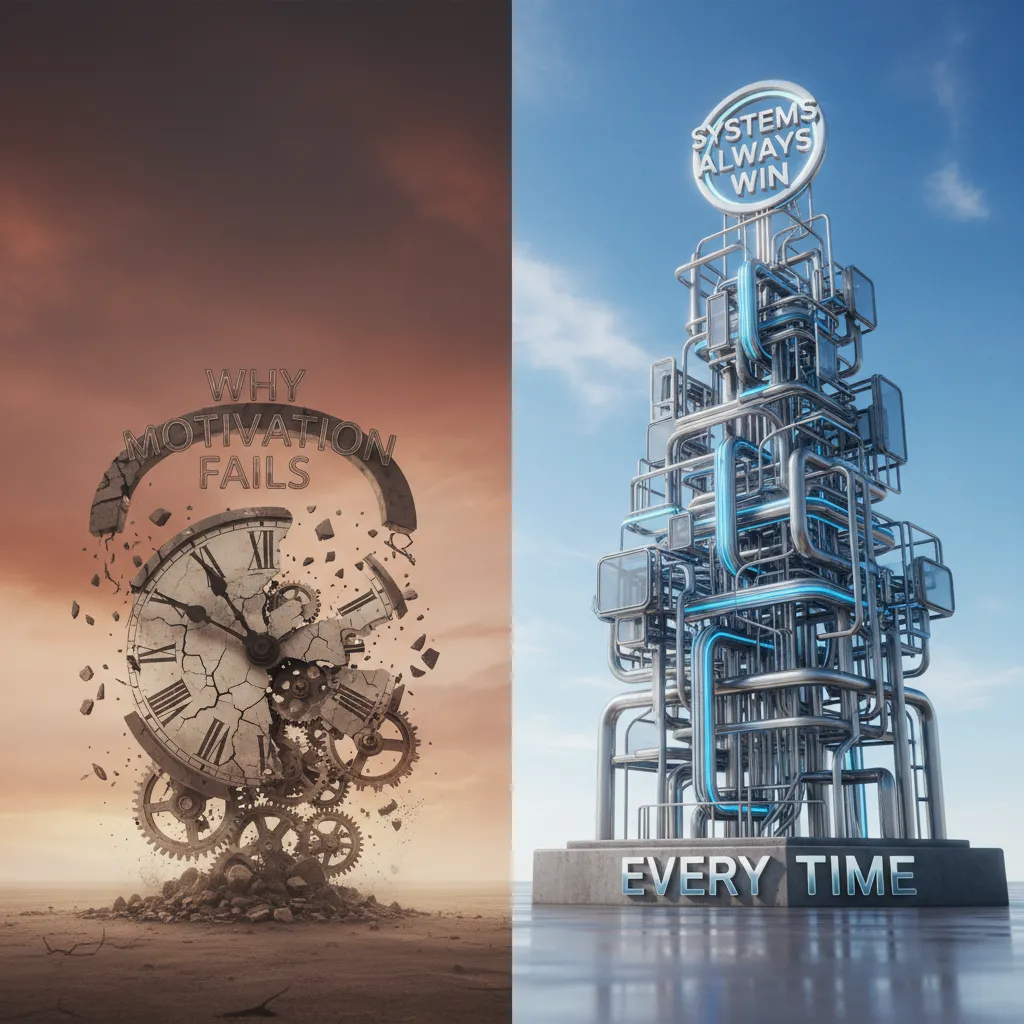I’ll admit it: My first YouTube upload bombed. I spent days on editing, hours adjusting the thumbnail, and even had my dog watch it (he was not impressed). If you’ve ever wondered why it feels like the YouTube algorithm has a personal vendetta against your channel, you’re in the right place. But here’s the twist: what if the algorithm isn’t the villain? Having taken more wrong turns than a GPS in a tunnel, I’m here to break down the real secrets behind a thousand-subscriber leap, direct from the digital frontline.
Section 1: Rivalries, Not Nemeses – Finding Your YouTube Competition (and Why It Matters)
Picture this: you upload what you think is your best video yet, and... crickets. Meanwhile, some creator in your niche drops a similar topic and gets 100K views. It stings, right? But here's the thing—that sting is actually your compass pointing toward YouTube growth strategies that actually work. I learned this the hard way with my AI channel, Rob the AI guy. For months, I was throwing content into the void, wondering why my ChatGPT tutorials weren't landing. Then I discovered something that changed everything: YouTube is less about chance and more about competition. You're not just creating content—you're vying for viewers' limited attention in a very crowded space."YouTube is a competition, and YouTube isn't just like TikTok or Instagram where people are scrolling and then just randomly see people's content."This realization hit me like a brick. Unlike TikTok's endless scroll where users stumble upon random videos, YouTube users actively choose what to watch. They search, they click, they decide. And if you don't know who they're choosing instead of you, you're flying blind.
The Art of Strategic Snooping
Now, before you think I'm suggesting anything creepy—I'm not. What I'm talking about is YouTube competitor analysis through your own analytics. It's not stalking; it's smart business. Head to your YouTube Studio, click on Analytics, then Audience. Scroll down to "Other channels your audience watches." That first page? Pure gold. Those are the channels your viewers love enough to watch over your content. Sometimes it hurts to look at, but it's exactly what you need to see. I remember discovering that my audience was watching channels I'd never heard of—creators making AI content I thought was basic. But their view counts told a different story. Research shows that analyzing competing channels clarifies audience interests and supports subscriber growth tactics, and boy, was that true for me.Finding Your YouTube Rivals (The Right Way)
Here's my practical approach: I search for specific topics like "how to use ChatGPT" and tag potential competitors. Not to copy them, but to understand the landscape. What topics are they covering? What's getting traction? Sometimes I'll see a competitor's video about Grok 4 that completely outperformed my similar content. Does it sting? Absolutely. But that competitive fire? It sharpens your focus like nothing else. Competitor analysis reveals trending topics and helps creators select winning content ideas—even when those ideas initially come from watching someone else succeed. The beauty of choosing a few rivals (or three, or five) is that it transforms your approach from random content creation to strategic YouTube audience reach. You start seeing patterns. You notice gaps. You spot opportunities. Your competitors aren't your enemies—they're your teachers, showing you exactly what your shared audience wants to watch. And once you understand that, everything changes.Section 2: Outlier Hunting & Reinventing the Wheel (How Top Videos Point the Way, but Don't Be a Clone)
Picture this: I'm sitting at my desk, tabs open everywhere, hunting through competitor channels like a digital detective. I click on Jeff's channel, then Charlie's, then I grab a few creators from my audience tab – Julian, Matt. It's not glamorous work, but here's what I discovered that changed my entire YouTube video marketing strategy. I'm scrolling through Julian's recent uploads when something catches my eye. There it is – a DeepSight video that's absolutely crushing it compared to his usual content. This isn't some ancient viral hit from two years ago. This is fresh, recent, and it's performing like crazy. That's what I call an outlier video.The Real Gold Isn't Where You Think
Most creators make a fatal mistake. They look at competitors' top-performing videos from months or years ago, thinking they've found the secret sauce. But here's the thing – I learned to zero in on videos with recent spikes, not just old viral hits. When I checked Matt's channel, his Grok 4 videos were the clear outliers. Two different videos about Grok 4, one hitting 150,000 views, another crossing 200,000."Ninety nine percent of your success on YouTube is actually going to come down to the topic that you choose, the title that you choose, the thumbnail you choose, and one other thing."That quote hit me hard because it's brutally true. YouTube video performance isn't some mystical algorithm puzzle – it's about picking the right battles.
The Pizza Shop Philosophy
Think about it this way: if every pizza shop in town just copied each other's toppings endlessly, who would ever think to try jellybeans on pepperoni? Sounds weird, but that's innovation. You don't want to be the creator making worse thumbnails and copying titles word-for-word like some desperate copycat. When I found Julian's DeepSight outlier, I didn't just remake his video. I planned something better. His video was thirteen minutes? Mine would be around thirteen minutes too, but with an improved title, a stronger thumbnail, and a script that actually delivered value in my voice.The Three-Point Improvement System
Here's my YouTube content optimization process: I take the winning topic, then I improve three critical elements. Better title than the original. Better thumbnail that grabs attention faster. Better script that keeps viewers engaged longer. Same approximate length, completely different execution. I remember checking one creator who made the classic mistake – they found a successful video about DeepSight, then created a much shorter version with a nearly identical title and worse thumbnail. Their video flopped. The algorithm doesn't reward lazy copying. The right topic, adjusted for your voice and improved with your unique perspective, beats random uploads every single time. Research shows that video topics with current high performance drive faster subscriber growth than replicating stale popular content. When I'm hunting for outliers now, I ignore anything older than a few weeks. I focus on what's surging right now among creators who reach my exact audience. That's where real YouTube video performance opportunities hide – not in yesterday's hits, but in today's unexpected winners.Section 3: AI as the Ridiculously Honest Friend Your Channel Needs
Let me tell you about the day my ego got completely shattered—and why it was the best thing that ever happened to my YouTube channel. I'd spent hours crafting what I thought was the perfect thumbnail. Perfect colors, perfect text placement, perfect everything. Then I fed it to an AI tool alongside a competitor's thumbnail and asked the simple question: "Which would you click?"
The AI didn't hesitate. It picked the other one. Brutal.
But here's the thing—it was absolutely right. And that moment changed everything about how I approach YouTube content creation strategies.
The Blunt Truth About AI Feedback
Unlike your friends who'll politely say "it looks great," AI tools for YouTube optimization don't care about your feelings. They analyze click-through rates, color psychology, and viewer behavior patterns. They're not trying to be mean—they're trying to help you win.
Research shows that AI-powered optimization now gives creators an edge in refining their content prior to upload. Think about it: instead of gambling with your upload and hoping for the best, you can actually test your creative assets before they go live.
Here's how I do it now. I take two screenshots—my thumbnail and a competitor's—and ask AI:
"You could actually come over here, take two screenshots right here and say, I'm making a video about this thing, which thumbnail would get clicked on the most?"
If my thumbnail loses, I don't argue. I improve it.
Beyond Thumbnails: The Full AI Critique
This approach works for everything. Titles, hooks, even entire scripts. I've learned to treat these AI feedback sessions like a creative slap in the face—painful but incredibly valuable.
The rapid audience growth I've seen is directly linked to these iterative AI-led content improvements. Instead of posting and praying, I'm posting with confidence because I've already stress-tested my content against what actually works.
YouTube algorithm tips aren't just about gaming the system anymore—they're about understanding what resonates with real humans. And AI helps bridge that gap by analyzing massive amounts of successful content data.
Embracing the Tough Love
The hardest part isn't using the AI tools. It's accepting that your first instinct might be wrong. That thumbnail you love? That title you think is clever? Sometimes they're just not clicking with your audience.
But once you embrace this feedback as tough love rather than personal criticism, everything changes. You start seeing patterns in what works. You begin understanding your audience's psychology better. Most importantly, you stop taking creative risks based on gut feelings and start making data-informed decisions.
The beauty of this approach is that it's not about replacing creativity—it's about making your creativity more effective. You're still the artist, but now you have a brutally honest friend helping you make sure your art actually gets seen.
Section 4: Consistent Experimentation – or Why 'Just Upload More' Isn't the Whole Story
Here's where most creators stumble, and I'll be brutally honest—I've been there too. You start uploading regularly, which is good. But then you hit that dreaded plateau, and suddenly "just upload more" feels like advice from someone who's never stared at stagnant subscriber counts.
Uploading regularly matters, absolutely. But changing tactics is how you dodge those soul-crushing stagnation traps that make creators question everything. Think of YouTube as a crowded bazaar—if you keep selling the same old apples week after week, even the monkeys will start ignoring you. You need to reinvent your stall, experiment with different approaches, while keeping your core YouTube growth strategies intact.
The biggest pitfall? Abandoning what works once you get a taste of success. I've watched this happen countless times, and honestly, I've done it myself. You start seeing some momentum with your five-step YouTube blueprint, then suddenly you're chasing every shiny trend, convinced you've outgrown the basics.
"The only thing that you need to worry about right now is that one, you ignore this strategy or two, that once you start to see some success that you get away from this strategy."
Personal confession time: I pivoted too fast once. Got excited about a viral trend, completely abandoned my proven process, and watched my growth stall harder than a car with sugar in the gas tank. It took me months to rediscover why my original approach worked and get back on track.
Research shows that long-term YouTube audience growth is linked to following structured blueprints, not trend-chasing or intermittent uploads. The creators who stick with consistent experimentation within their proven framework—they're the ones still growing while others burn out chasing algorithm ghosts.
Progress isn't linear, and that's actually liberating once you accept it. Treat each upload as a data point, not a destiny. Some videos will flop spectacularly. Others will surprise you. But if you're consistently applying your YouTube subscriber growth tactics while experimenting with new angles, thumbnail styles, or content formats, you're building something sustainable.
Experimentation and steady iteration form the foundation of successful channels in 2025. It's not about uploading blindly—it's about uploading with purpose, testing variables, and staying curious about what works without abandoning the core strategies that got you results in the first place.
YouTube growth is cyclical. Some months you'll feel unstoppable, others you'll wonder if you've lost your touch entirely. But consistency, curiosity, and smart experimentation matter more than content perfection. The creators who understand this—who keep following their blueprint while staying open to evolution—they're the ones building audiences that last.
Upload often, test often, and be okay with the occasional flop. Just don't stop learning, and whatever you do, don't abandon what's already working for the latest shiny distraction.


